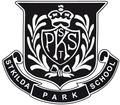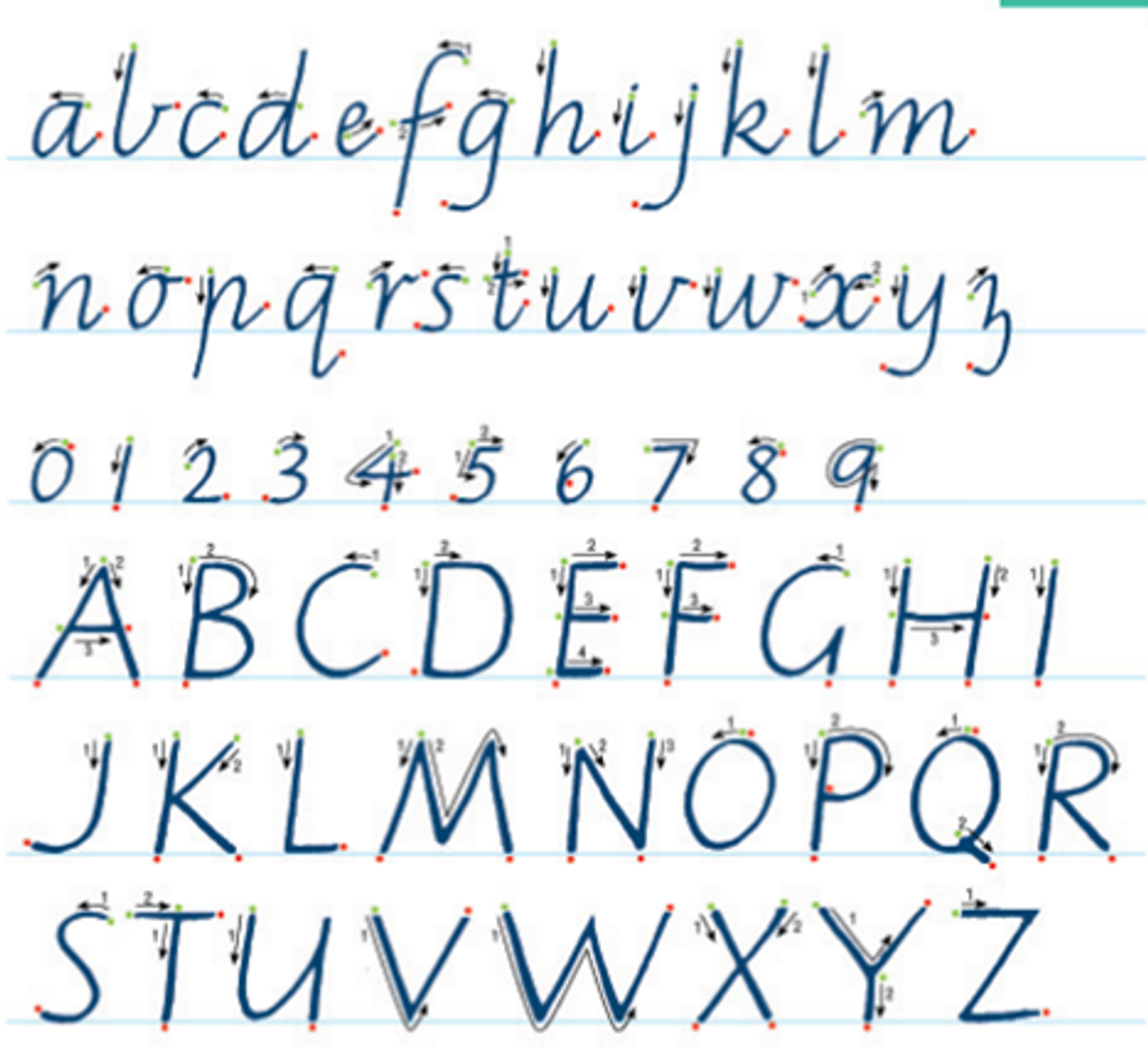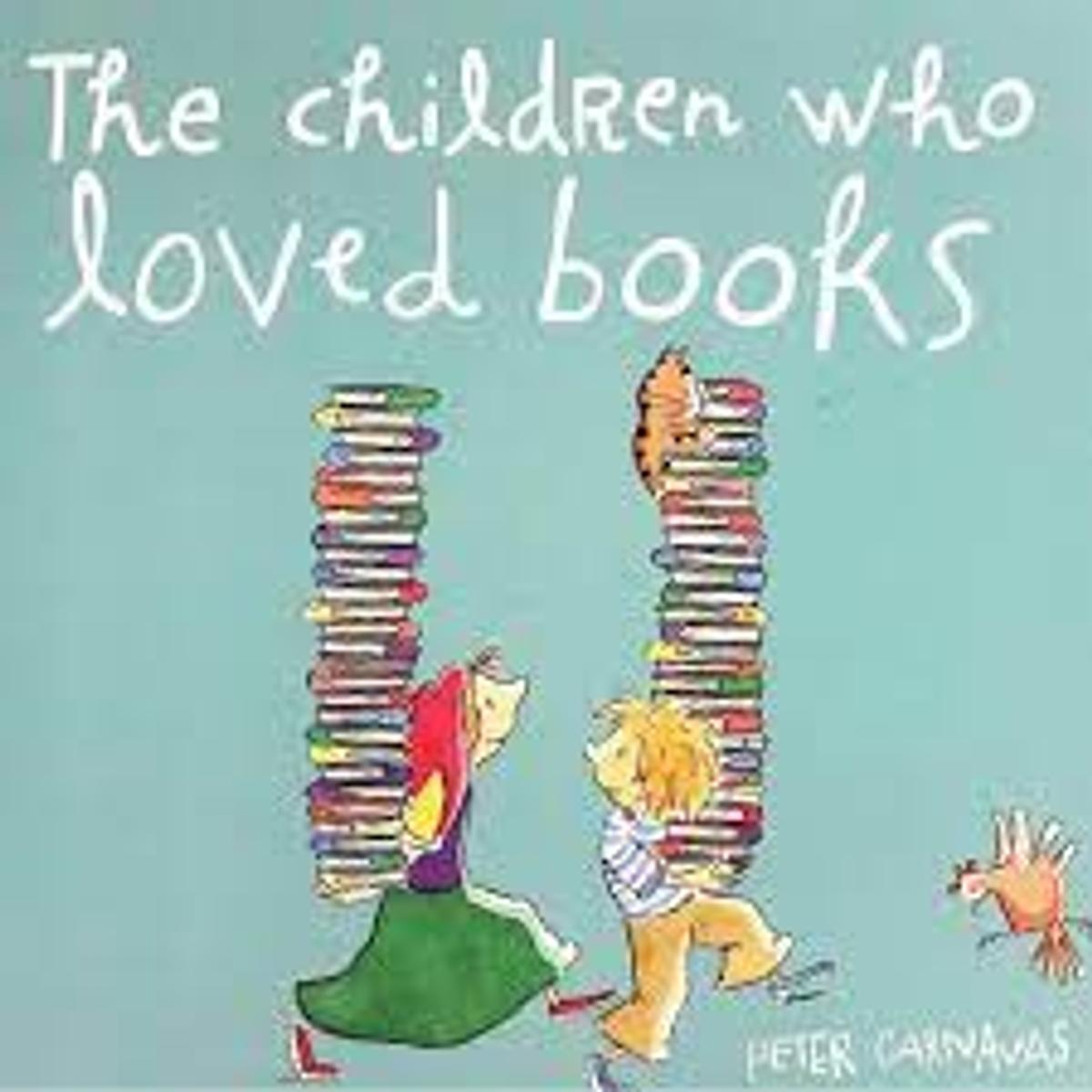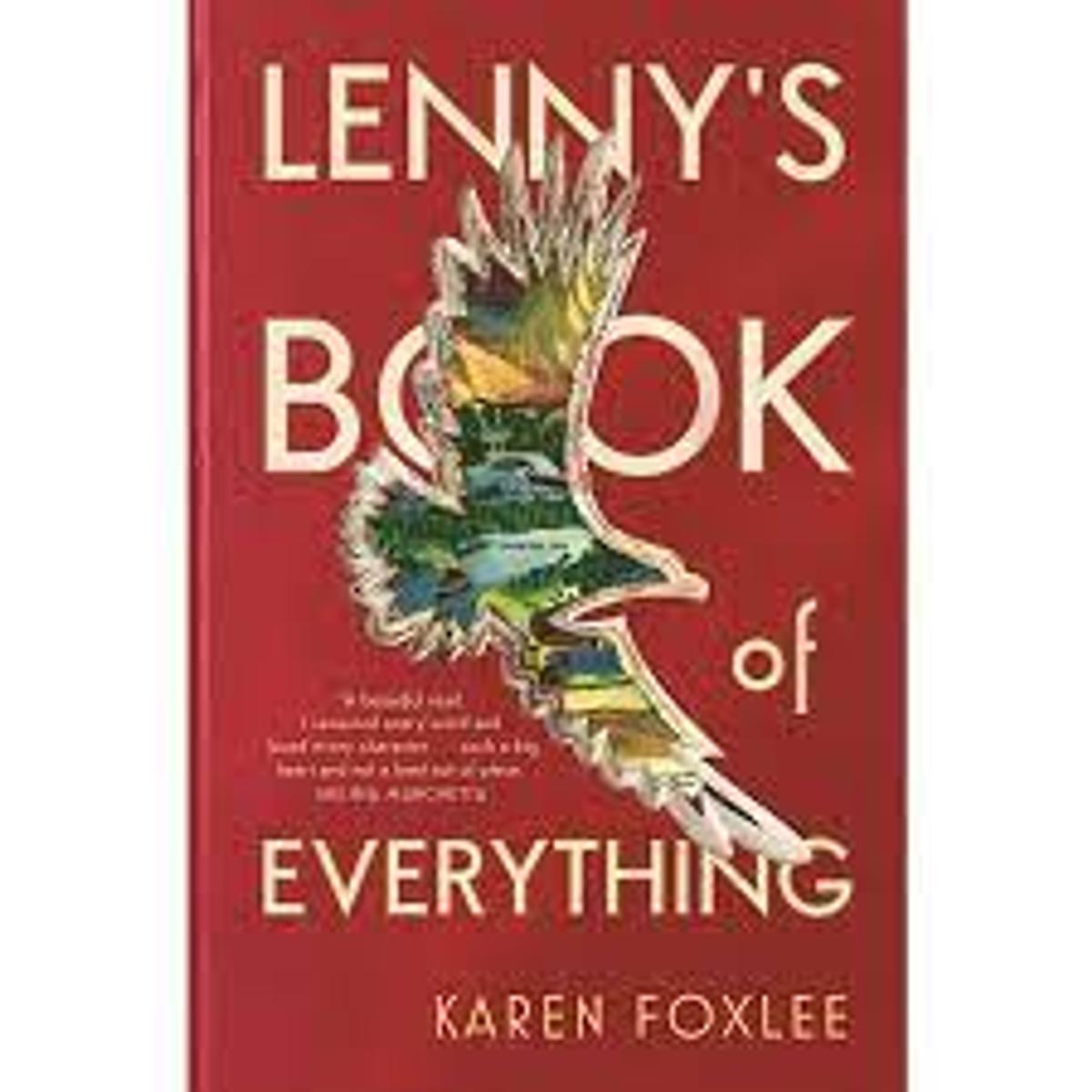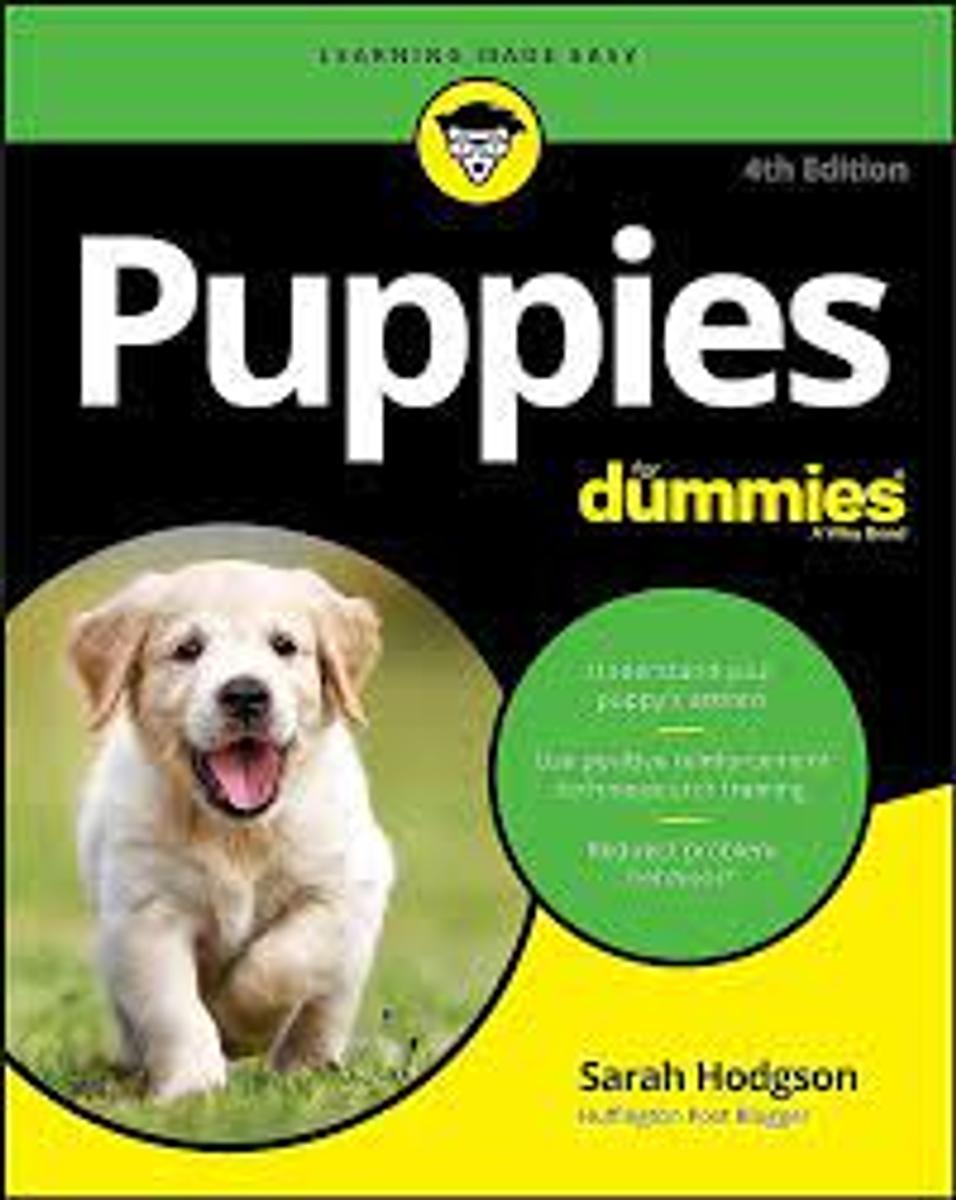Literacy News

Handwriting at SKiPPS
All classrooms are instructing handwriting in their weekly lessons. The Department of Education guides us in teaching the Victorian cursive font. The Department has some very relevant information regarding handwriting. I have attached some extracts below;
Students begin learning “letter formation patterns” in their first year of schooling and work towards developing a “personal handwriting style that is legible, fluent and automatic and supports writing for extended periods” in Level 7 (VCAA, 2017).
The research evidence
Key findings of research into the teaching of handwriting and keyboarding skills include:
- Handwriting does matter and is more closely related to academic achievement than most educators realise (Cahill, 2009; Daffern, Mackenzie & Hemmings, 2017; Longcamp, Zerbato-Poudou & Velay, 2005; Medwell & Wray, 2007). Conversely, there is an absence of research on the long-term impact of not teaching handwriting (Mackenzie and Spokes, 2018).
- Handwriting should be the dominant recording skill taught in the first three years of schooling followed by the addition of keyboarding skills in Years 3 to 6 (Mackenzie & Spokes, 2018)
- The physical act of handwriting benefits early literacy learners because the kinaesthetic action contributes to greater recognition and memorisation of letters. Handwriting practice produced better letter recognition in students than those who solely used typing and digital devices (Longcamp, Zerbato-Poudou & Velay, 2005).
- Repeated practice through handwriting fluency activities in the early years encourages the connection between the letter names, sounds, and forms, resulting in stronger letter identification and letter-sound correspondence (Ray et al., 2021)
- Being able to handwrite one’s own name is an important element in predicting early writing success in young learners (Daffern, Mackenzie & Hemmings, 2017).
- Forming letters by hand contributes to a stronger knowledge of words and assists with spelling. When words are written in a continuous flow rather than typed as separate letters, spelling memory is enhanced (Cahill, 2009; Schlagal, 2014).
- Handwriting skills needs to become automated to free up working memory. The ability to use orthographic fluency (that is the skill of forming letters, groups of letters and words efficiently and automatically) is necessary so that higher order cognitive skills can be allocated to the thinking and composing of text (Case-Smith, Holland & Bishop, 2011; Jones & Christensen, 1999; Medwell & Wray, 2007; 2014).
- As English is written from left to right, some left-handed students are likely to find learning handwriting more difficult than right-handed students (Mackenzie & Spokes, in press).
- Handwriting fluency contributes directly to writing fluency (Graham, Berninger, Abbott, Abbott & Whitaker, 1997).
Teaching handwriting
Even though some students seem to handwrite effortlessly, all students require explicit teaching. Recent research suggests consistent practice of efficient processes, provides students with opportunities to develop emerging skills is most beneficial for developing handwriting fluency amd automaticity (Cahill, 2009; Schlagal, 2014).
In the early years of schooling, the phonological aspects of reading and writing need to be taught concurrently (Moats, 2020). This includes handwriting letters to consolidate letter-sound correspondence.
Handwriting instruction should include:
- Teacher modelling of the correct formation, sizing and placement of letters. For early learners, writing letters in the air or copying a letter from a correct model is helpful (Graham, 2010). However, left-handers may find copying instructions for right-handers confusing and unsupportive (see letter formation alternatives for left-handers below).
- Teacher explanations on how to form letters and words must accompany the modelling. However, left-handers may also be confused by verbalised instructions that are supportive for right-handers but not left-handers (see letter formation alternatives for left handers below).
- Short daily practice sessions which prove to be more effective (and perhaps more interesting) than longer weekly lessons.
- The introduction of letters of the alphabet in formation groups rather than in ABC order. This method removes the chance for the visual confusion of letters that are closely positioned within the alphabet (b/d and p/q).
Book Recommendations
Picture Story Book
The Children Who Loved Books by Peter Carnavas
A lovely celebration of two children who love books. Books are everywhere in their home until one day, they are gone. This story celebrates family relationships and how books can bring us all together.
Middle Fiction
Lenny’s Book of Everything by Karen Foxlee
A young boy called Lenny has a younger brother Davey who won't stop growing - and at seven is as tall as a man. They are raised by their single mum with little extras. Joy is sparked each week with the arrival of the latest issue of a Build-It-at-Home Encyclopedia.
Through the encyclopedia, Lenny and Davey experience the wonders of the world - beetles, birds, quasars, quartz. This story is heart warming and heart breaking, a tear jerker but an absolute treasure.
- WINNER: 2020 NSW Premier's Literary Awards, Ethel Turner Prize for Young People's Literature
- WINNER: 2019 QLD Literary Awards, Griffith University Young Adult Book Award
- HONOUR BOOK: 2019 CBCA Book of the Year, Older Readers
- SHORT-LISTED: 2019 Prime Minister's Literary Award, Young Adult Fiction
- NOMINATED: 2020 CILIP Carnegie Medal
Interview with Nova Whitehead, Business Manager
What are you reading at the moment?
Puppies for Dummies by Sarah Hodgson
Why did you choose that book?
I chose this book as I am the proud new puppy parent of Oishii, my 12 week old Japanese Spitz. As I am a cat person, I need all the help I can get.
Has it been helpful?
The book has so much information and it’s very easy to follow the advice and instructions. The book is great to have a reference to go back to and compare information with the puppy school trainer’s advice, then you can figure out what works best for your puppy.
What has been the best tip so far?
Even though it feels mean, sometimes it’s OK to ignore your puppy when they are behaving in a way you don’t like. When you ignore them, you don’t reinforce that behaviour.
Would you recommend the book to others?
Yes I would recommend the book to anyone who is going to be a new puppy parent or has a dog that needs some more training.
The teachers and students are so excited to have received a big delivery of brand new books, all recommended Mentor Texts from Riss Leung, the Oz Lit Teacher who has been working closely with our staff on our instruction of writing.
We are extremely grateful to Kara & Matthew Barbuto who have kindly donated these books to help us provide high quality literature in the Year 5/6 classrooms. Teachers will use these texts to model what good writers do and students will enjoy having some quality picture story books available for their sustained reading.
BOOK CONTACTING
Thank you so much to those fabulous parents who have taken home a bag of books to contact. There are still more, so if contacting books is something that you enjoy, please come and see me! I have loads of contact and a pile of books waiting for you! Alternatively, I can leave a bag of books at the office with Wendy for you to collect.
You Tube Clip - How to contact books
THANK YOU!!!
Jac Morphy
Leading Teacher
Literacy
